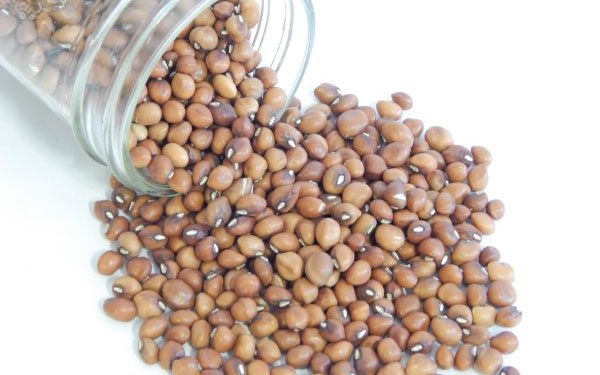A recent review of the National Nutritional Report from 2003 to 2016 has shown that about 70 percent of children ages six to 23 months in Nigeria are not receiving the minimum acceptable diet as the nation’s overall child nutritional status is on a serious decline.

These children have severely low weight for their height and are at risk of dying unless given urgent attention.
Cases of malnutrition among Nigerian children are however not new. The problem pervades the entire country with about one million Nigerian children dying before their fifth birthday. Malnutrition contributes to nearly half of these deaths. The reports also discovered that the rate of stunting in Nigeria has stagnated for more than a decade. About two in five Nigerian children are stunted, with rates of stunting varying throughout the country.
Almost 30 percent of Nigerian children are underweight, meaning they don’t weigh enough for their age. This is more than double the proportion of neighbouring Ghanaian children who are underweight. The percent of children in Nigeria who are wasted, or too thin for their height, has steadily increased over the last decade, rising from 11 percent in 2003 to 18 percent in 2013.
Observers have opined that these negative results indicate an alarming trend in Nigeria’s malnutrition burden which will further impede the nation’s economic development if not checked. Globally, stunting is an indicator for measuring a country’s development.
But all hope is not lost as scientists working at the federal government funded Institute for Agricultural Research; Ahmadu Bello University have been able to successfully develop a beans variety known as Bt. Cowpea that can withstand the deadly attack of Maruca virus that has over the years limited the production of this good source of vegetarian protein.
About 100 grams of dry seeds cowpea contain 336 calories, and 23.52 g or 42% of recommended daily values of protein. Cowpea which comes in various species also carries good amounts of dietary fiber; provide 10.6 g or 28% of fiber per 100 grams.
Cowpea popularly called beans in Nigeria is a legume consumed as a high-quality plant protein source in many parts of the world. High protein and carbohydrate contents with a relatively low-fat content and a complementary amino acid pattern to that of cereal grains make cowpea an important nutritional food in the human diet.
Cowpea has gained more attention recently from consumers and researchers worldwide as a result of its exerted health beneficial properties, including anti-diabetic, anti-cancer, anti-hyperlipidemic, anti-inflammatory and anti-hypertensive properties. Among the mechanisms that have been proposed in the prevention of chronic diseases, the most proven are attributed to the presence of compounds such as soluble and insoluble dietary fiber, phytochemicals, and proteins and peptides in cowpea.
Most of the children suffering from one form of nutrition deficiency or the other are those within the school age. The school feeding programme introduced by the current administration has failed in many states due to the non-availability of consistent supply of raw materials.
Introducing the Bt. Cowpea into the school feeding and making it an integral part of the food to be eaten by the children on weekly basis has a lot of nutritional potentials and advantages for Nigeria.
The recommended amount of beans to be eaten daily for optimal health, according to nutritionists, is 1/2 cup of beans or legumes.
Beans are a great source of protein at a very low cost and a great source of naturally occurring folate. It is also a good source of fibre, which improves digestive health, and antioxidants that have protective benefits from inflammation and oxidation.
Ordinarily, beans is eaten by all households in Nigeria in one form or the other and has over the years served as a vital part of the daily menu with some eating it in the morning as Akara others prefer to take it as moi moi. During the day some serve it as porridge beans for lunch, others grind it and use it as soup but above all it is popularly called the poor’s meat due to its high nutritional content.
It is grown in all the agro-ecological zones of the country and over the years it has become a very critical part of farmers’ income as it is harvested and sold to pay children’s school fees, pay medical bills and proceeds used to settle a host of other household expenses.
Beans farming is one of the most important strategies for farmers to improve their livelihoods. Young farmers and women especially invest in common beans as a way to build their assets and secure their family needs.
We must take advantage of the development of Bt. Cowpea to get right the school feeding programme as well as empower our local farmers to get their lives back on track.
